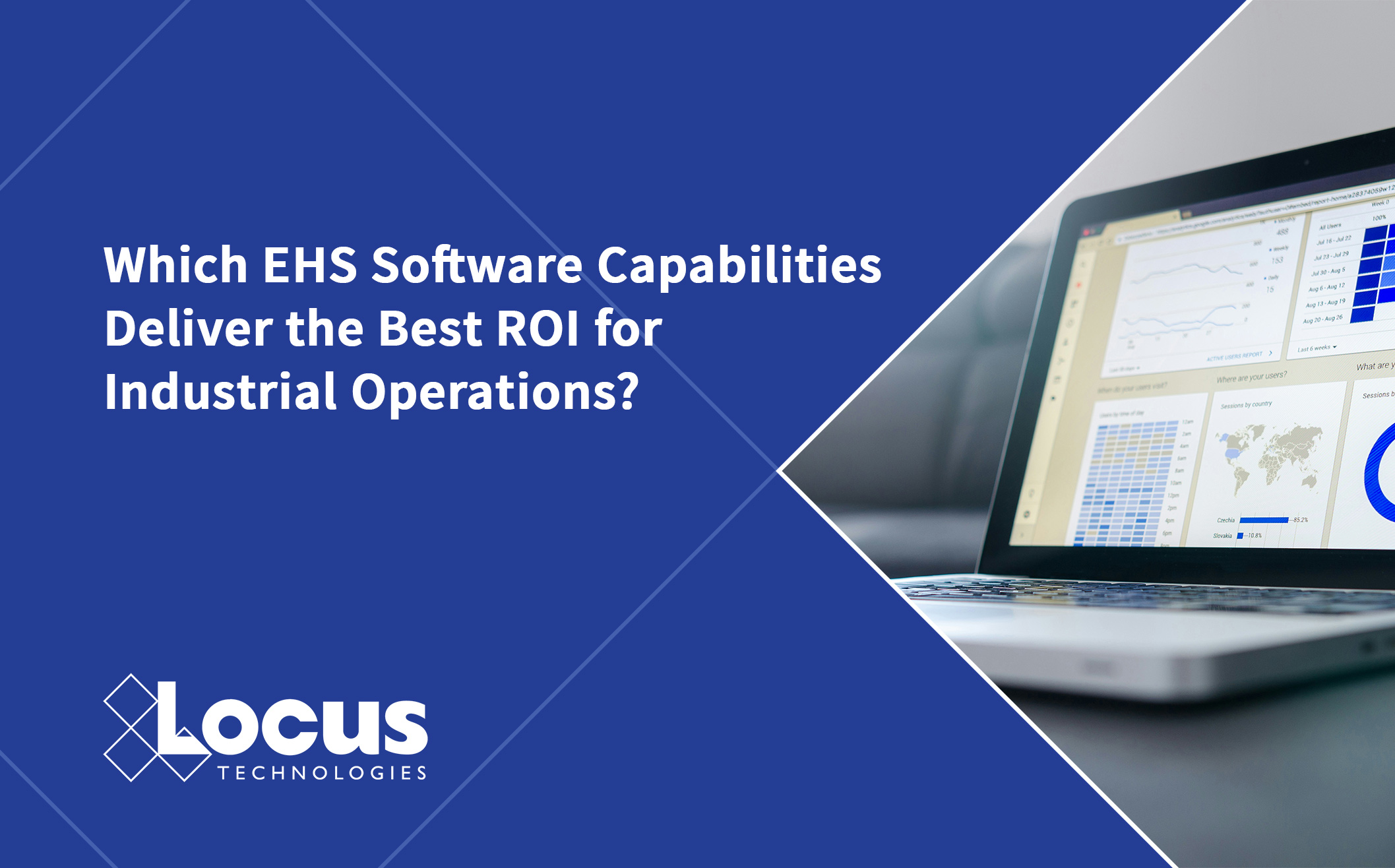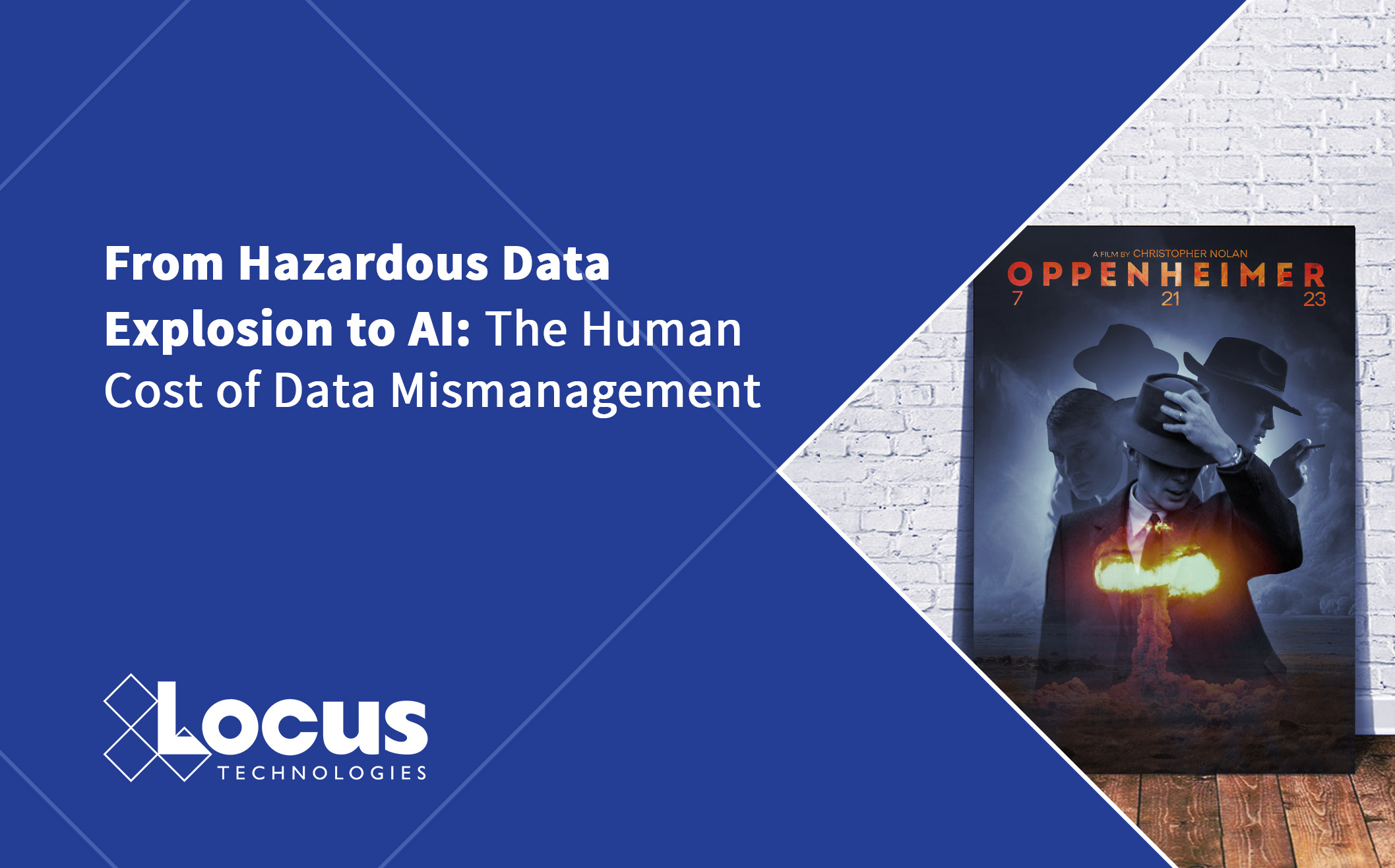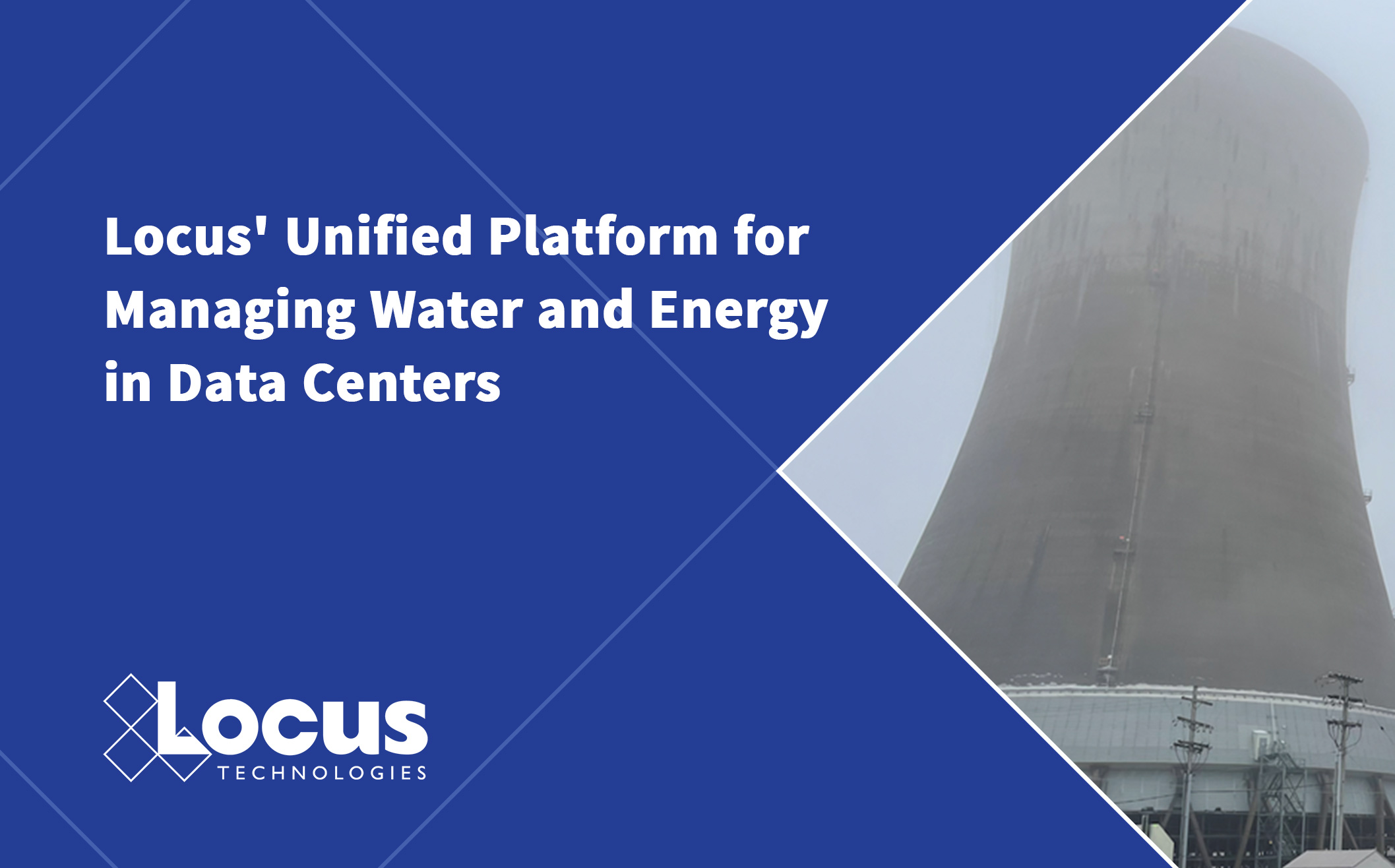
Reading Time: 7 minutes
TLDR: Managing EHS compliance at a large industrial company is a complex, data-heavy responsibility—often made harder by legacy software chosen for promises, not performance. As pressure mounts, EHS leaders must focus on proven capabilities that drive real ROI. This article explores how attributes like unified data across domains (air, water, waste, incidents, and ESG), AI-powered compliance tools and analytics, mobile access, and modular apps provide the clear path to ROI.
Environmental, Health, and Safety (EHS) leaders at industrial companies face growing pressure to meet regulatory demands, reduce risk, and deliver operational efficiency, all while justifying their software investments. As a result, selecting the right EHS software isn’t just about a colorful compliance calendar. It’s about driving measurable return on investment (ROI) through capabilities that reduce costs, streamline workflows, and provide actionable insights across domains.
According to Dorian A. Bailey, an accredited Certified Hazardous Materials Manager and environmental scientist who supported the largest public construction portfolio in the US prior to joining Locus Technologies in 2024, “Large-scale operations face mounting challenges in navigating a constantly evolving regulatory landscape, tracking sustainability performance metrics, managing vast and complex data sets, and driving effective organizational change. Data systems and platforms, especially those that support modular applications with cross-domain integration, deliver measurable ROI by enabling standardization, establishing a single source of truth, and enhancing the ability to visualize data, workflows, audit trails, processes, and outcomes.”
So, which EHS software capabilities deliver the strongest ROI for industrial operations? While some frustrated EHS leaders fear the only answer is custom-built software that fits their operations hand-in-glove, there are alternatives. Some off-the-shelf, modular EHS software is specifically designed for flexibility, enabling any industrial operation to benefit from the out-of-the-box technology and derive real ROI. This article outlines five essential features that consistently provide value across heavy manufacturing, energy, chemicals, utilities, and related sectors.
1. Unified Data Management Across the Enterprise
Many industrial companies still rely on disconnected spreadsheets, legacy databases, or point solutions to manage compliance and risk data that pertain to different domains. (Think hazardous waste, emissions tracking, refrigerant phasedowns, air permits, and industrial water all tracked in different siloed tools.) This fragmentation leads to duplicated efforts, human error, and an incomplete view of performance across sites and programs.
How unified data management leads the charge in EHS digital transformation
A modern EHS platform should centralize all relevant data, incidents, audits, inspections, emissions, permits, training, and more, into a single cloud-based system. This can be achieved through a natively integrated EHS platform or through advanced APIs. Unified data allows for enterprise-wide consistency, enables faster reporting, and supports benchmarking across facilities. It also has the potential to reveal unforeseen connections between different domains, such as recurring refrigerant leaks and Title V exceedances being traced to the same plant.
Return on investment
Multiple third-party studies state that companies that implement a centralized platform often reduce manual reporting time by 40–60%. Those companies avoid costly and inefficient compliance gaps and unlock opportunities for cross-functional data reuse, especially for ESG disclosures. With a unified platform, shared entities or values, such as data about facilities, chemicals, and lab results are entered once and leveraged repeatedly for Title V reports, GGRT, DMRs, Biennial reports, or even CSRD disclosures. Tools like Locus OneView go a step further by providing a comprehensive view of all EHS and sustainability programs from one screen that can be shared with all stakeholders.

2. Integrated Regulatory Compliance Tracking
Industrial operations must comply with a complex web of federal, state, and local regulations, many of which are site-specific and frequently updated. Missing a single requirement can result in fines, shutdowns, or reputational damage.
How integrated compliance management tools can help industrial operations
Effective EHS software offers built-in regulatory content and automated compliance calendars. Users can assign tasks, track deadlines, manage corrective actions, and receive alerts about upcoming requirements all within the system. Some EHS software goes a step further to integrate field service management with compliance tasks to assign work orders to maintenance teams when corrective actions and repairs are needed before a compliance task can be closed. And as AI gains momentum in EHS, users will receive in-app guidance on the precise impacts a regulatory change has on their calendars.
Return on investment
By reducing compliance risk and preventing missed deadlines, integrated regulatory tracking helps companies avoid noncompliance penalties, streamline audits, and maintain operational uptime.
3. Advanced Analytics and AI-Driven Insights
Collecting and centralizing data is only part of the equation. To gain real ROI, EHS teams need to interpret that unified data and use it to drive better decisions. Traditional methods like manually analyzing spreadsheets or static dashboards aren’t enough anymore.
Why predictive analytics boost ROI for industrial operations
Modern platforms are now embedding artificial intelligence (AI) and machine learning (ML) to identify trends, predict incidents, and uncover hidden risk patterns. Tools like predictive analytics, anomaly detection, and automated root cause analysis can radically accelerate decision-making. For example, Locus AI predicts when certain EPA thresholds will be reached by a facility, giving teams a clear understanding of the intervention required to avoid a crisis.
Return on investment
Organizations using advanced EHS analytics can reduce incident rates, optimize preventive maintenance, and allocate resources more efficiently. These improvements often translate into measurable cost savings, improved workforce safety, and stronger ESG performance. When a crisis is averted, ROI is clear.

4. Flexible APIs and Integration with Other Enterprise Systems
EHS data doesn’t exist in a vacuum. It’s closely tied to operations, maintenance, HR, finance, and ESG systems. If your EHS software can’t exchange data with other platforms, you’re missing out on major efficiency gains.
How seamless integrations add significant value to industrial operations
Look for software that includes robust APIs and prebuilt integrations with data sources like SAP, Oracle, Power BI, SCADA, LIMS, smart meters, and sustainability reporting tools. This enables seamless data sharing and removes the need for duplicate entry or manual uploads.
Return on investment
Integrated systems reduce administrative burden, improve data quality, and make it easier to demonstrate compliance or sustainability metrics across departments. Not to mention the time savings derived from fully integrated systems! Of course, they also improve traceability, especially during audits or investigations.
5. Mobile Access and Field-Friendly Tools
A significant portion of EHS work happens outside the office, in plants, warehouses, and remote field sites. Perhaps stakeholders use spreadsheets at the office and a spiral when on the factory floor. That creates a major gap in data continuity, productivity, and audit-worthy recordkeeping. If workers can’t easily log data or access safety procedures from their mobile devices, incidents may go unreported and proper documentation may lag.
Why platforms with a mobile EHS app are critical for industrial EHS programs
Mobile-first EHS platforms allow employees to report and investigate incidents in situ, complete inspections, capture photos, and log compliance tasks from their smartphones or tablets, even when offline. Field observations flow directly into the system for real-time visibility.
Return on investment
Mobile tools significantly boost engagement and data accuracy from the field, while reducing lag time. This leads to quicker response, improved compliance documentation, and more proactive risk management.
Bonus ROI Tip: Don’t Overbuy
While modern EHS platforms offer dozens of features, not all capabilities provide equal value to every organization. The best ROI comes from aligning software functionality with your unique operational risks, compliance profile, and digital maturity. Start with a clear roadmap, prioritize the capabilities that solve immediate pain points, and scale over time.
Some EHS software platforms are designed with this flexibility in mind and enable the organizations to activate apps when they’re ready. For example, rather than installing a clunky end-to-end system at once and disrupting departments for weeks or months, organizations can pick a vendor like Locus and roll out one web app at a time, such as Waste, Air, CSRD, or Wastewater.
Final Thoughts
As EHS software continues to evolve, it’s no longer just about keeping up with compliance. It’s about enabling smarter, safer, and more sustainable operations by unifying all data pertaining to air, water, waste, incidents, and ESG. The five software capabilities above—unified data management, automated compliance tracking, advanced analytics, system integration, and mobile access—are proven to yield ROI for industrial businesses.
When evaluating vendors, ask:
- Will this software help reduce risk and improve uptime across multiple facilities?
- Can this software replace manual tasks or siloed tools?
- Does the software support our broader ESG and operational goals?
- Can this software be easily configured to meet regulatory changes and my company’s specific workflows?
- Does the software have a version number? (If it does, do not buy it.)
Choosing the right platform with high-ROI capabilities can transform EHS into a strategic program.
Frequently Asked Questions
How can companies achieve ROI from EHS software?
The most important step is to choose EHS software that aligns with your company’s needs either out-of-the-box or via self-configuration (no vendor intervention required). Look for purpose-built applications (eg. emissions tracking, waste management, incident reporting, compliance tasks, water metrics, etc.) that seamlessly integrate with one another and that can each be deployed on your timeframe. This allows teams to become comfortable using the new tool, configure it to their processes, and then gradually expand it with adjacent tools.
What are the best EHS software features for industrial businesses?
The five software capabilities described above—unified data management, automated compliance tracking, advanced analytics, system integration, and mobile access—are proven to yield ROI for industrial businesses.
How can industrial companies benefit from AI in EHS?
Modern EHS platforms embed artificial intelligence (AI) and machine learning (ML) to identify trends, predict incidents, and uncover hidden risk patterns. Tools like anomaly detection, automated root cause analysis, and predictive analytics can radically accelerate decision-making. For example, AI in EHS can reveal when EPA thresholds will be reached, giving EHS and facility managers a timeline of required actions to avoid a crisis.
Neno Duplan
Founder & CEO
As Founder and CEO of Locus Technologies, Dr. Duplan spent his career combining his understanding of environmental science with a vision of how to gather, aggregate, organize, and analyze environmental data to help organizations better manage and report their environmental and sustainability footprints. During the 1980’s, while conducting research as a graduate student at Carnegie Mellon, Dr. Duplan developed the first prototype system for an environmental information management database. This discovery eventually lead to the formation of Locus Technologies in 1997.
As technology evolved and new guidelines for environmental stewardship expanded, so has the vision Dr. Duplan has held for Locus. With the company’s deployment of the world’s first commercial Software-as-Service (SaaS) product for environmental information management in 1999 to the Locus Mobile solution in 2014, today Dr. Duplan continues to lead and challenge his team to be the leading provider of cloud-based EH&S and sustainability software.
Dr. Duplan holds a Ph.D. in Civil Engineering from the University of Zagreb, Croatia, an M.S. in Civil Engineering from Carnegie-Mellon, and a B.S. in Civil Engineering from the University of Split, Croatia. He also attended advanced Management Training at Stanford University.
Locus is the only self-funded water, air, soil, biological, energy, and waste EHS software company that is still owned and managed by its founder. The brightest minds in environmental science, embodied carbon, CO2 emissions, refrigerants, and PFAS hang their hats at Locus, and they’ve helped us to become a market leader in EHS software. Every client-facing employee at Locus has an advanced degree in science or professional EHS experience, and they incubate new ideas every day – such as how machine learning, AI, blockchain, and the Internet of Things will up the ante for EHS software, ESG, and sustainability.



